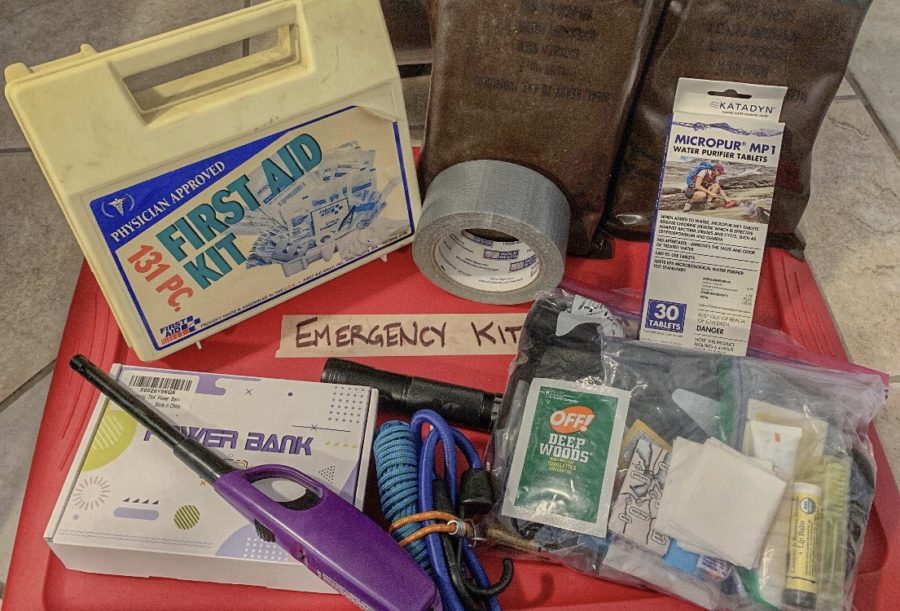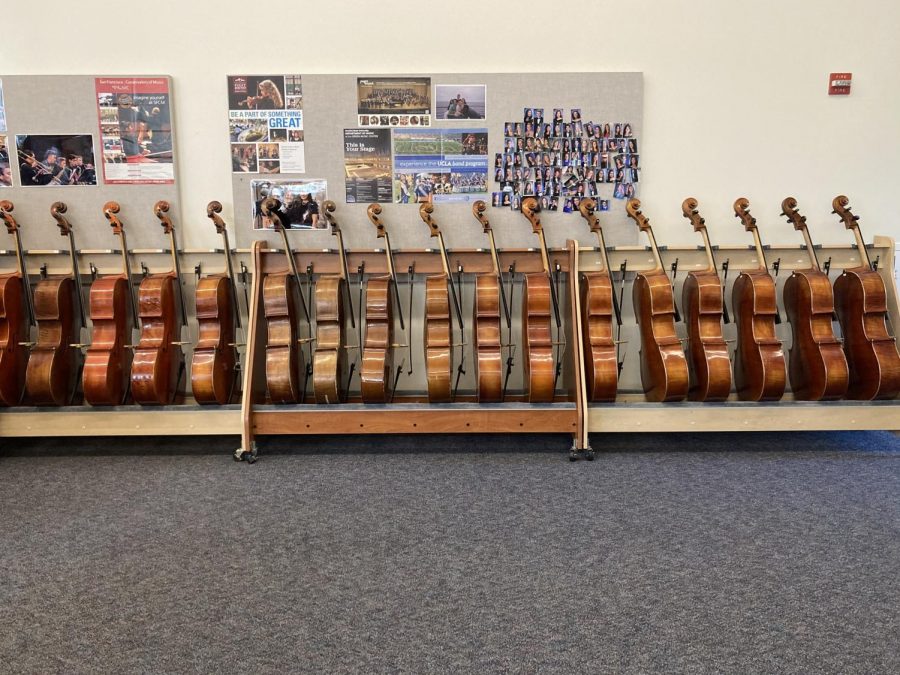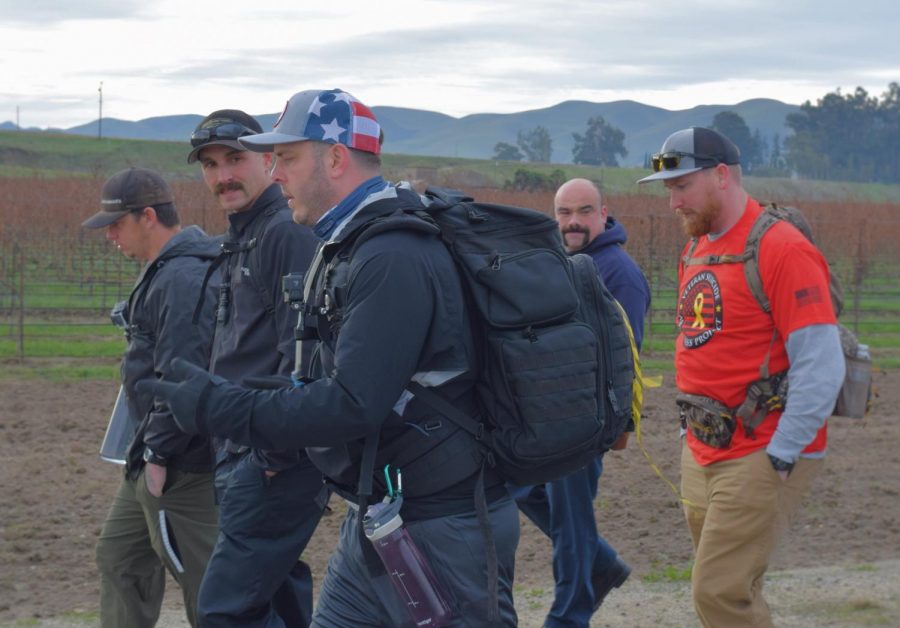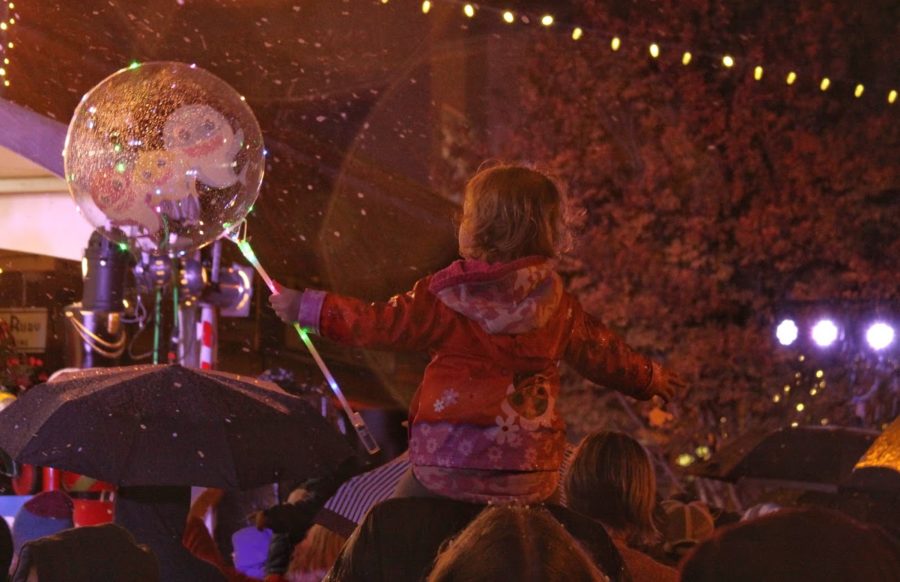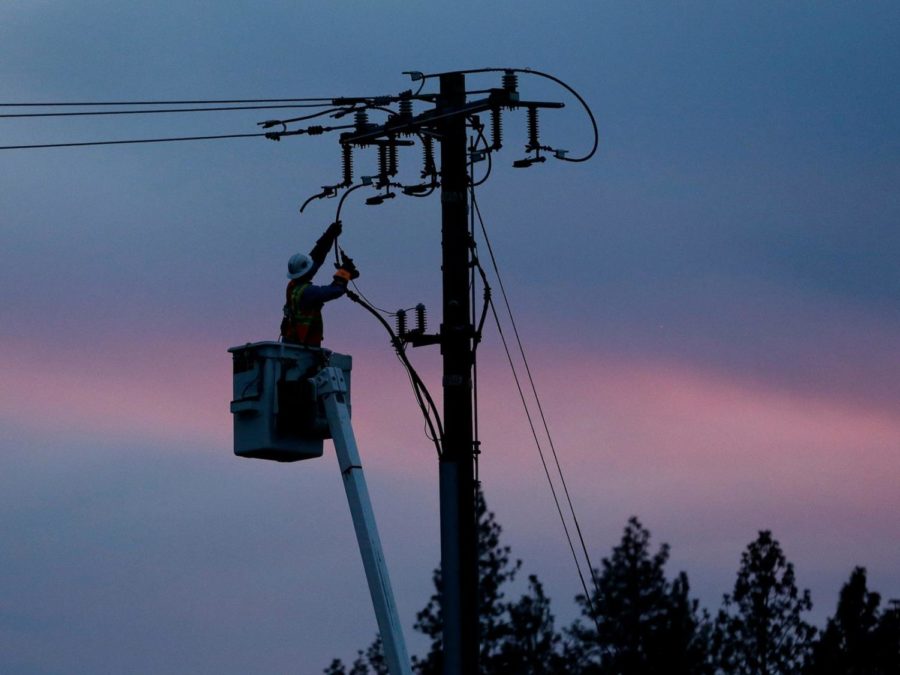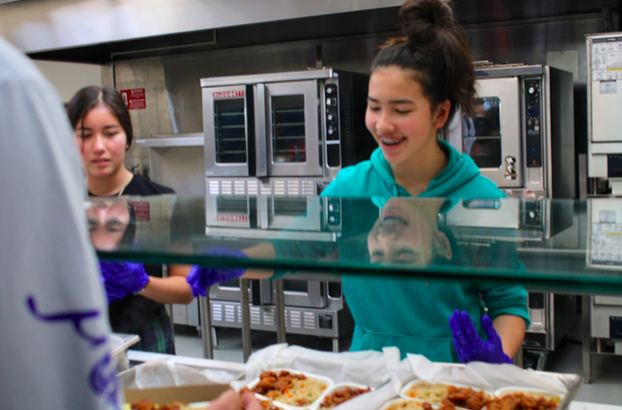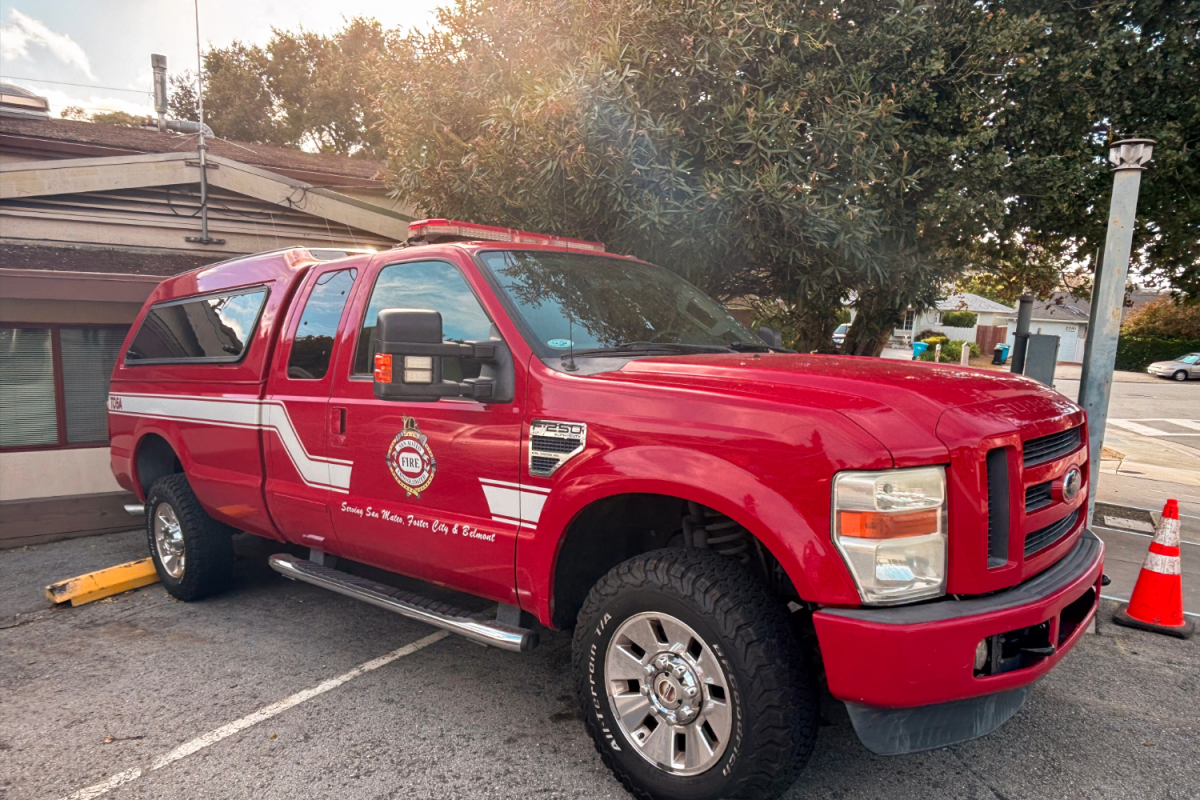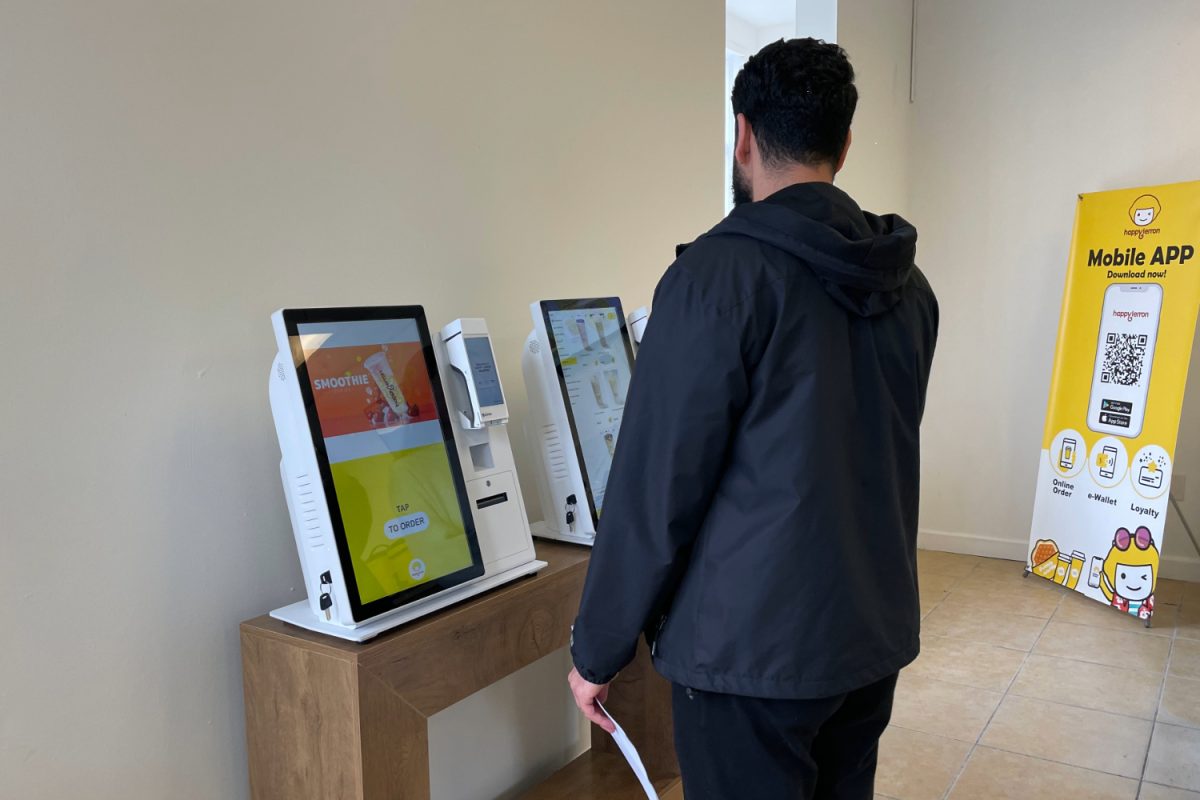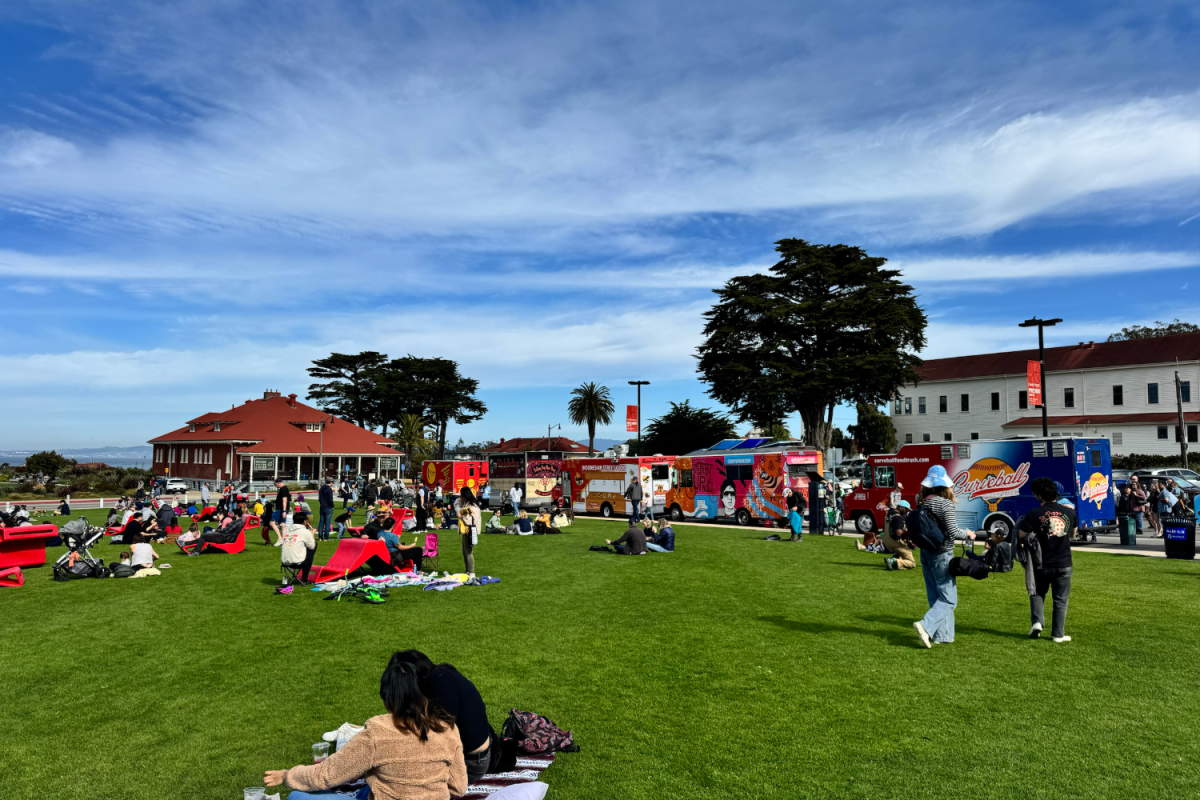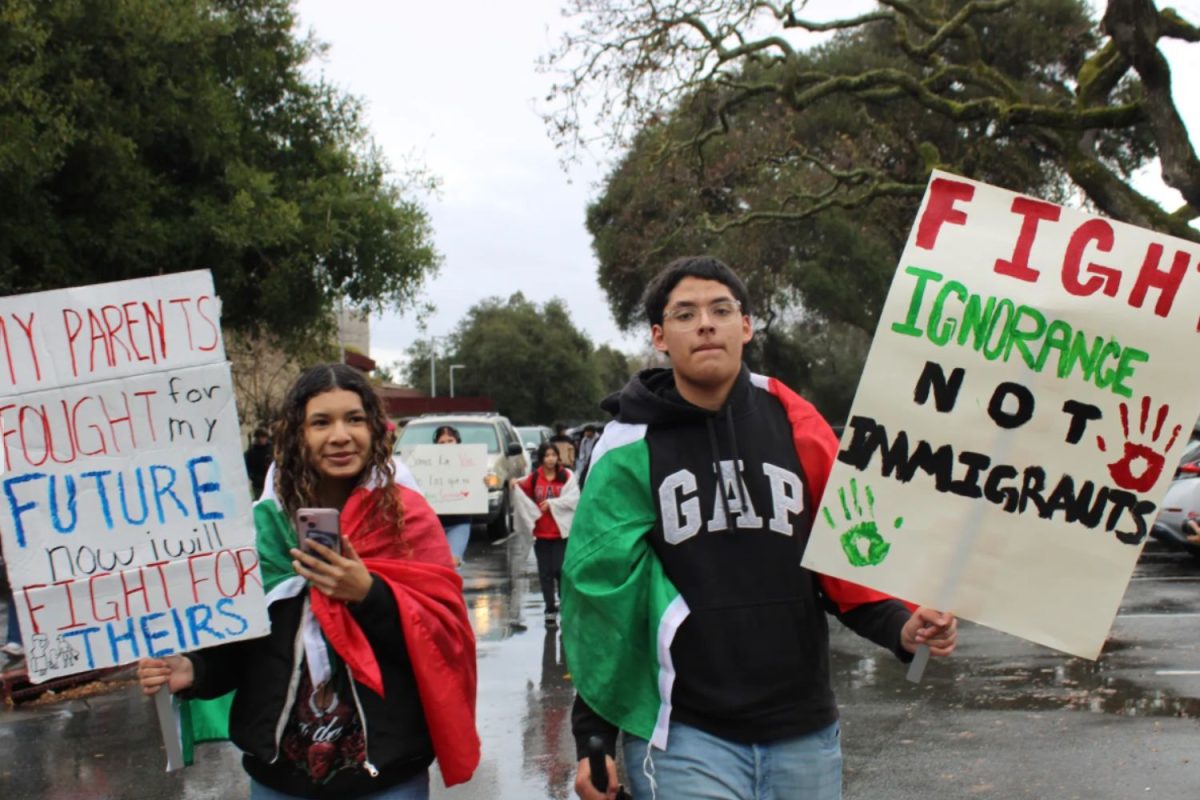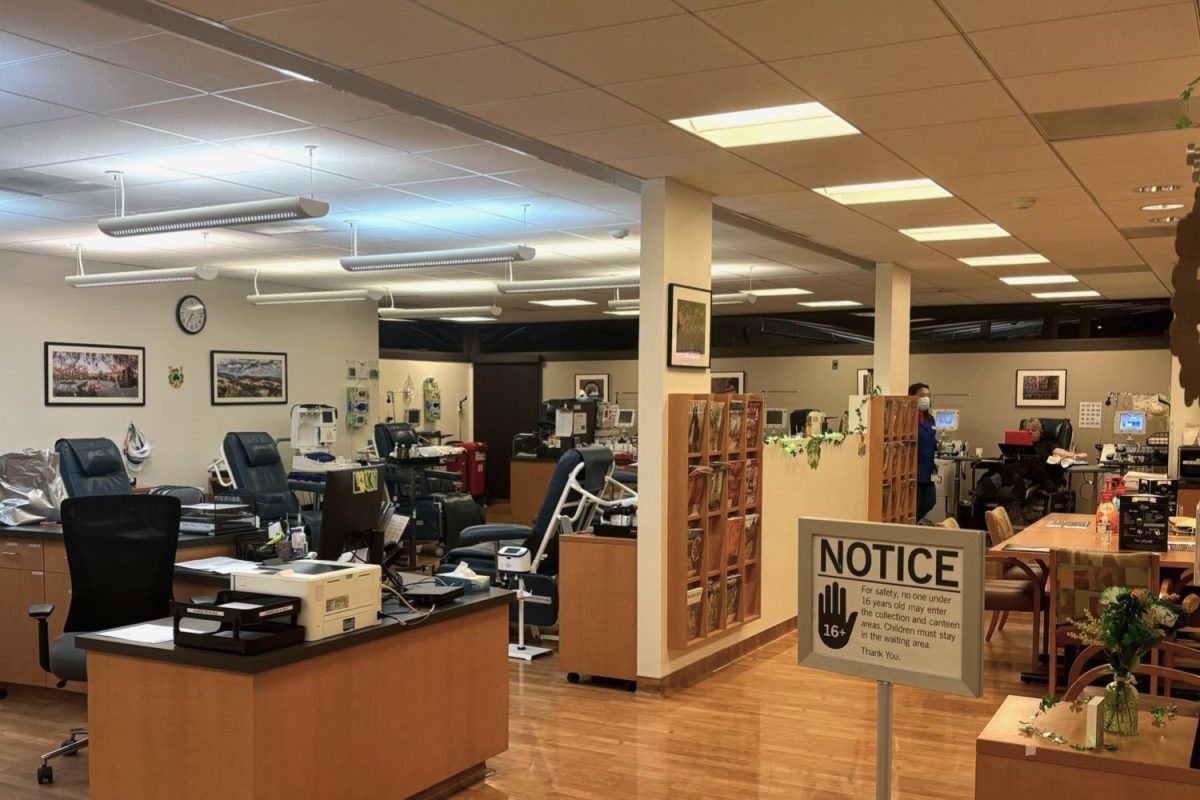In 1989, the Loma Prieta earthquake rattled the Bay Area, causing $6 billion in damage, 3,757 injuries, and 63 deaths.
The anniversary of this earthquake marks the most destructive earthquake in California’s recent history. It is a solemn reminder to the Bay Area’s residents who are often plagued with the fear of another quake.
Jeannie St. Amour, who was in high school when the Loma Prieta earthquake occurred, saw her life change profoundly during the aftermath.
“The basic infrastructure had been so disrupted, some areas of the city didn’t have electricity or even water,” St. Amour said. “A lot of the things that, as a kid, I had taken for granted were gone.”
According to St. Amour, she feels much more prepared having lived through a traumatic event such as that earthquake. She continued to live in the Bay throughout college and had prepared in-depth plans in case of an emergency. She also keeps an emergency kit in her house as well as her car.
The San Andreas fault is one of six main faults that run through the Bay. According to the U.S. Geological Survey(USGS), San Francisco is at a 72% risk of experiencing an earthquake over magnitude 6.7 in the next 30 years. Since the quake could happen at any time, residents in the Bay Area must be prepared.
For Justin Rubinstein, a seismologist, being prepared is a priority in the earthquake-prone Bay Area.
“I sleep at night because I’ve done my preparations,” Rubinstein said. “I’ve got my earthquake kit, and I live in an earthquake retrofitted home.”
According to the Earthquake Country Alliance, one’s level of emergency preparedness will determine one’s survival and quality of life in the time after the initial earthquake. Knowing the risk of earthquakes in the area can also help minimize the aftermath’s damage.
“Of course I have an emergency kit and plan; I live two miles from the fault, and our house is literally designed to survive earthquakes,” said Sofie Hai, a sophomore at FA High School.
California sits on the San Andreas fault where the North American and Pacific plates meet, which means earthquakes are a common occurrence. Around 10,000 earthquakes happen in California a year, though not all are large enough to be felt.
California, along with Alaska, is the most earthquake-prone state in the U.S., making earthquakes there almost conventional.
“I always sort of expect the earthquake. The emergency kit makes me feel a lot safer because if anything actually happens, it’s good to have,” Hai said.


